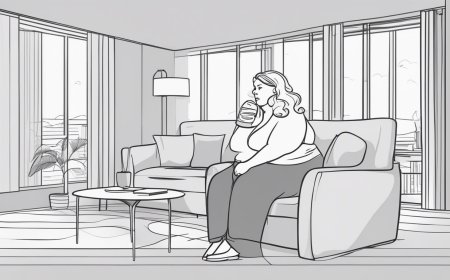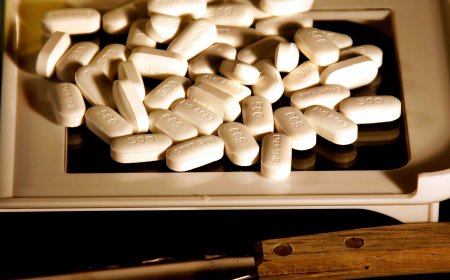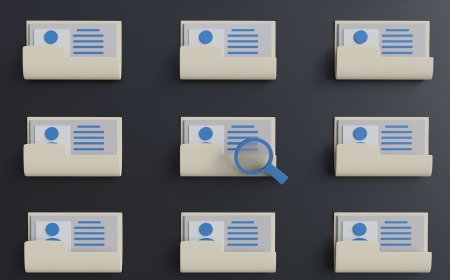Leveraging Health Surveillance Systems to Track and Monitor Public Health Policy Effectiveness on NCDs
Explore how public health policies can effectively reduce noncommunicable diseases (NCDs) by utilizing advanced health surveillance systems and lead indicators. Understand the importance of monitoring and tracking policy impact on long-term health outcomes.

Understanding the Lag in Chronic Disease Indicators
Chronic diseases, also known as noncommunicable diseases (NCDs), are indeed lagging indicators. They develop over long periods, often decades, due to a combination of genetic, environmental, and lifestyle factors. When a country implements health policies such as banning trans fats, reducing salt intake, or lowering sugar consumption, the impact on chronic disease rates may not be immediately apparent.
Generally, it can take 5 to 10 years or even longer to observe a noticeable decline in chronic diseases after the implementation of such policies. This timeframe depends on several factors, including:
- Population Compliance: How well the population adheres to the new regulations.
- Baseline Health Status: The initial level of chronic diseases in the population before the policy change.
- Policy Strength: The strictness and enforcement of the policies.
- Complementary Measures: Other health interventions, like public awareness campaigns or access to healthier food options, that support the policy.
While the reduction in the incidence and prevalence of chronic diseases may take time, some early indicators, such as reduced blood pressure levels or improved cholesterol profiles in the population, may be seen within a few years. These early changes can signal that the policies are working, even if the impact on chronic disease rates takes longer to become evident.
Using Lead Indicators to Measure Policy Effects
Measuring the effects of public health policies on noncommunicable diseases (NCDs) using lead indicators involves tracking early signs of change that occur before the actual decline in NCD rates. These indicators can provide insights into the effectiveness of policies and help predict long-term outcomes. Here’s how to approach it:
1. Behavioral Changes
- Dietary Habits: Track changes in the population's diet, such as reduced consumption of trans fats, salt, and sugar. Surveys, food purchase data, or nutritional assessments can provide this information.
- Physical Activity Levels: Measure increases in physical activity through surveys, gym memberships, or data from fitness tracking devices.
2. Biomarkers and Clinical Indicators
- Blood Pressure: Monitor average blood pressure levels in the population. A decrease in high blood pressure prevalence is an early sign of reduced cardiovascular risk.
- Cholesterol Levels: Track changes in cholesterol levels, particularly reductions in LDL cholesterol, which can indicate decreased heart disease risk.
- Blood Glucose Levels: Measure fasting blood glucose or HbA1c levels to assess improvements in diabetes management or prevention.
3. Healthcare Utilization
- Medication Usage: Analyze data on the prescription of medications for hypertension, cholesterol, or diabetes. A decrease in new prescriptions might indicate better prevention.
- Preventive Care Visits: Track the number of preventive care visits, such as screenings for high blood pressure, cholesterol, or diabetes, as these can increase with better health awareness and policy impact.
4. Public Awareness and Education
- Awareness Surveys: Conduct surveys to assess public awareness of the health risks associated with trans fats, salt, and sugar. Increased awareness often precedes behavior change.
- Health Campaign Engagement: Measure participation in public health campaigns, social media engagement, or attendance at educational events related to the policies.
5. Environmental and Societal Changes
- Food Environment: Monitor changes in the availability and marketing of healthier food options in stores, restaurants, and schools.
- Policy Compliance: Evaluate the level of compliance with the new regulations, such as the removal of trans fats from food products or reductions in salt content in processed foods.
6. Economic Indicators
- Healthcare Costs: Analyze trends in healthcare spending related to NCDs. A stabilization or reduction in costs can be an early sign of policy effectiveness.
- Workforce Productivity: Track changes in productivity and absenteeism rates, as healthier populations tend to have fewer health-related work absences.
By focusing on these lead indicators, you can gauge the early impact of public health policies on NCDs and adjust strategies as needed to ensure long-term success.
SHISS: A Modern Health Surveillance System
Sharik Health Indicators Surveillance System (SHISS) as a cutting-edge example of a health surveillance system to support the tracking and monitoring of public health policy effectiveness, particularly in reducing noncommunicable diseases (NCDs) and improving longevity. SHISS offers real-time data collection and advanced analytical capabilities, enabling quick assessment of health policy impacts. This system's robust design allows for the continuous evaluation of health behaviors and outcomes, making it an ideal tool for monitoring long-term policy effects.
For more information, visit the source.
What's Your Reaction?












































































































